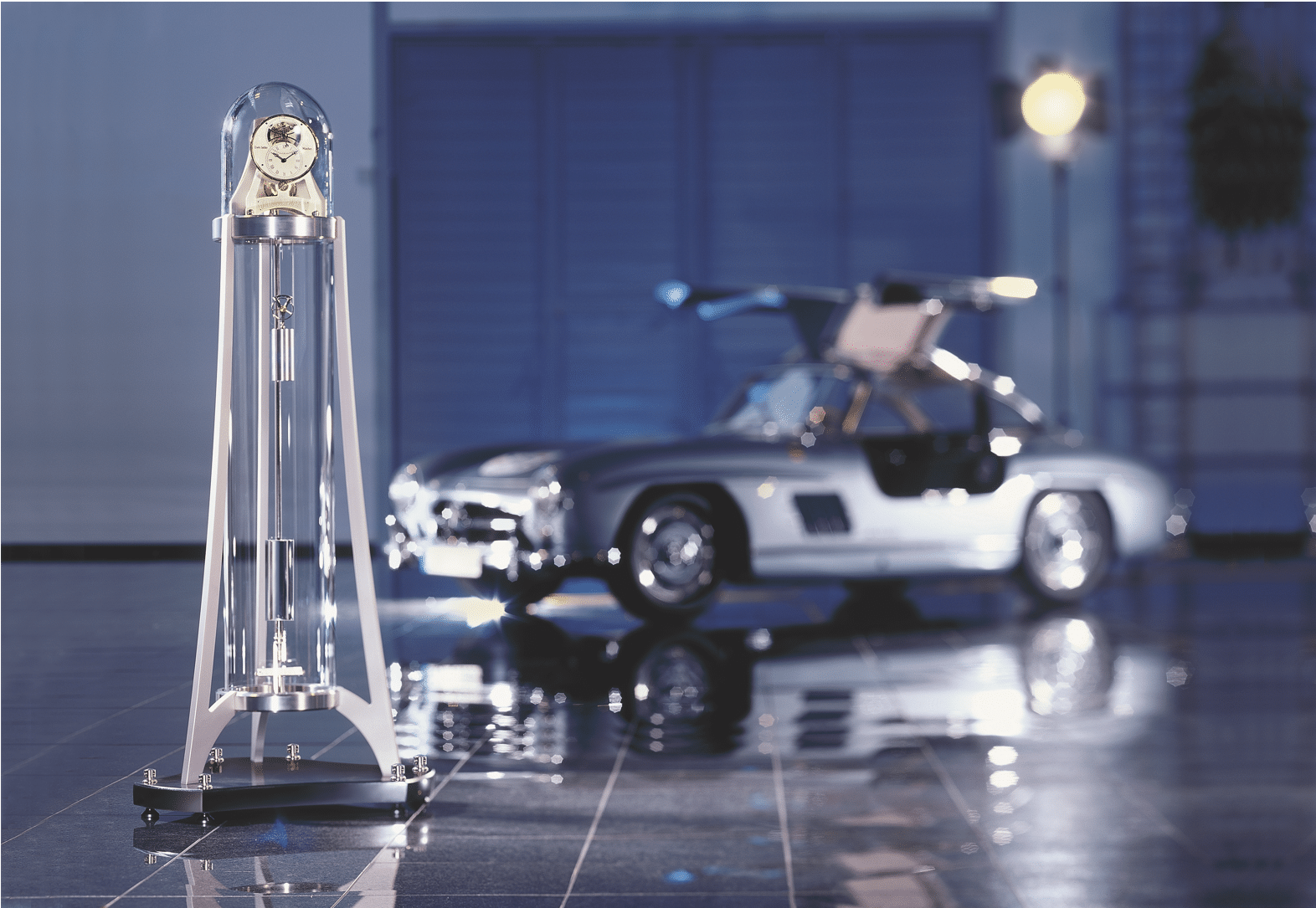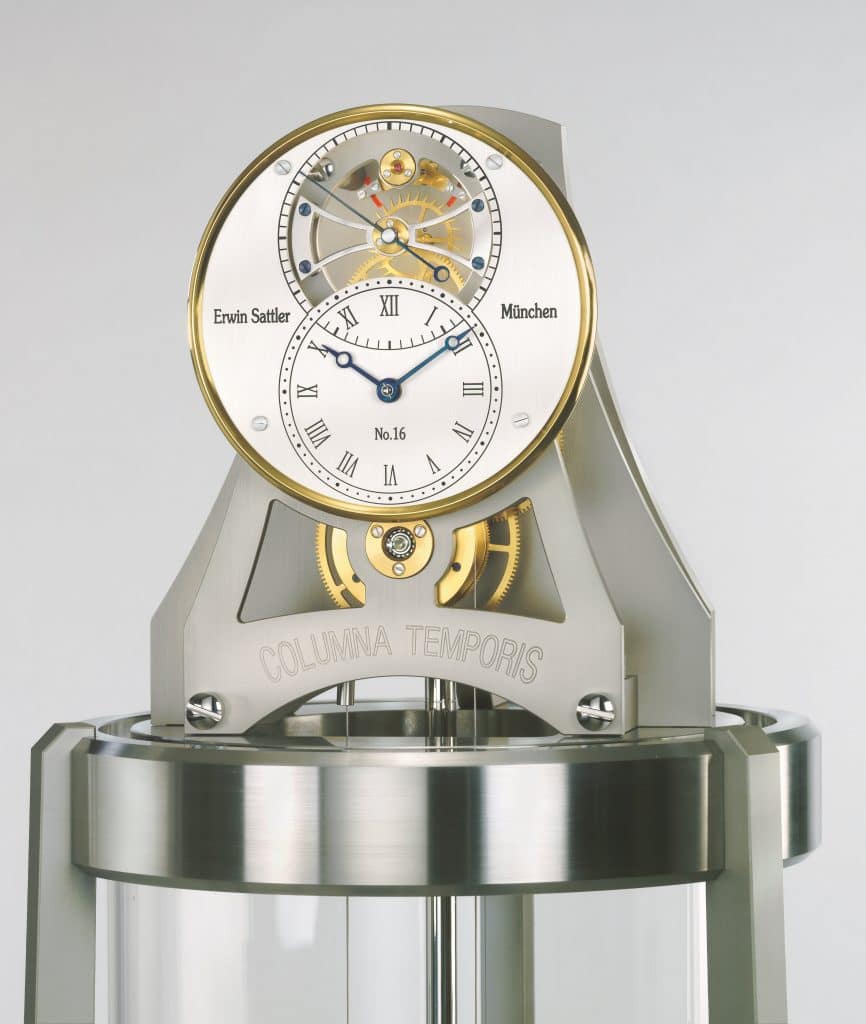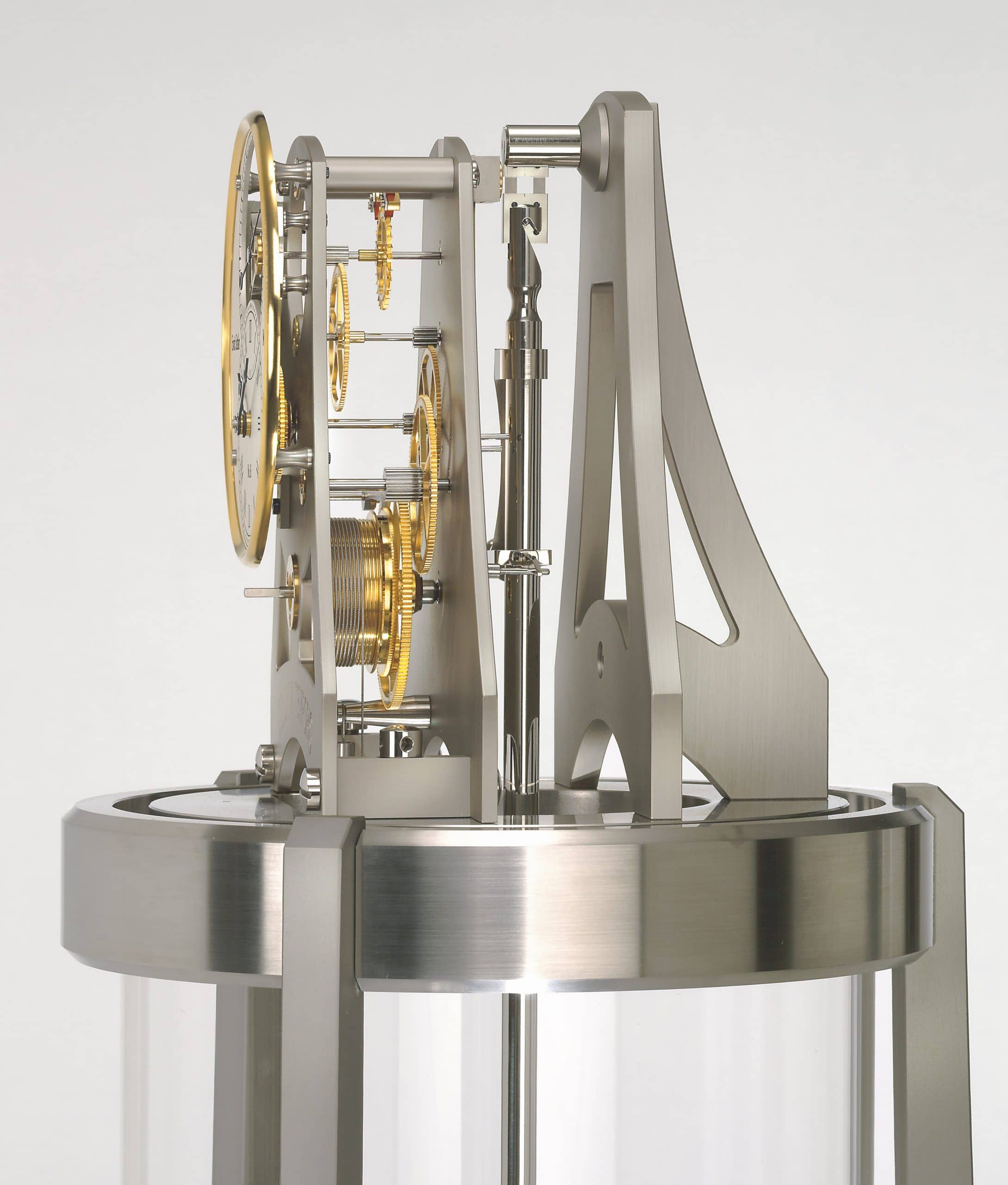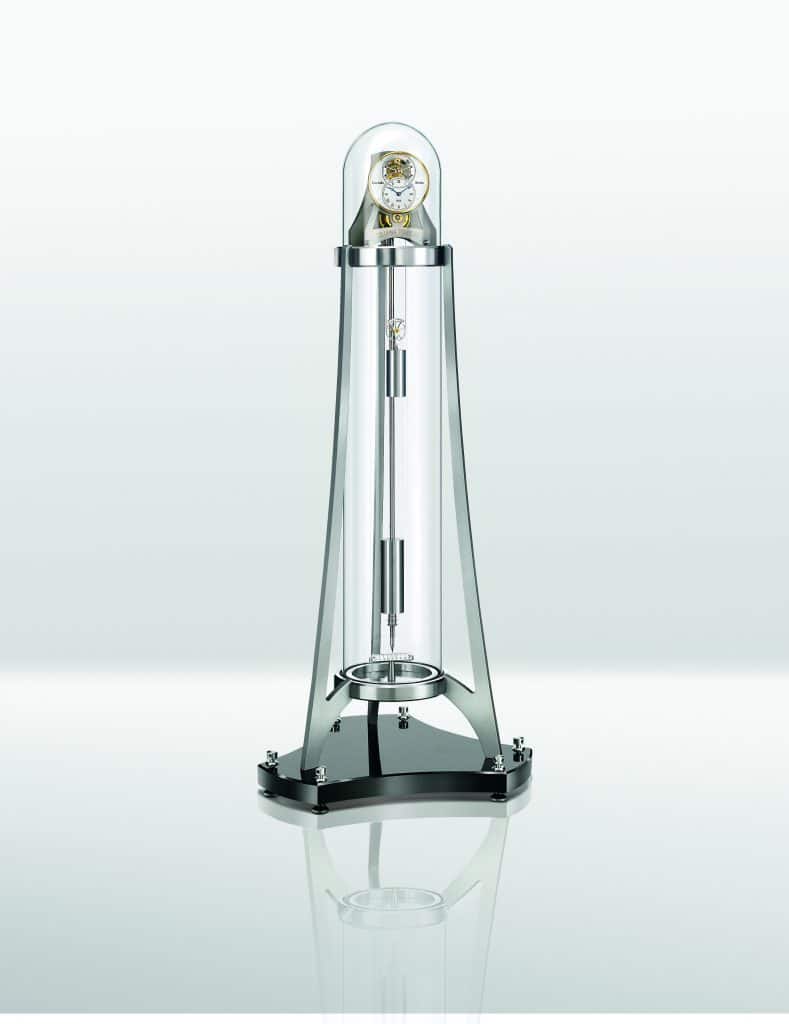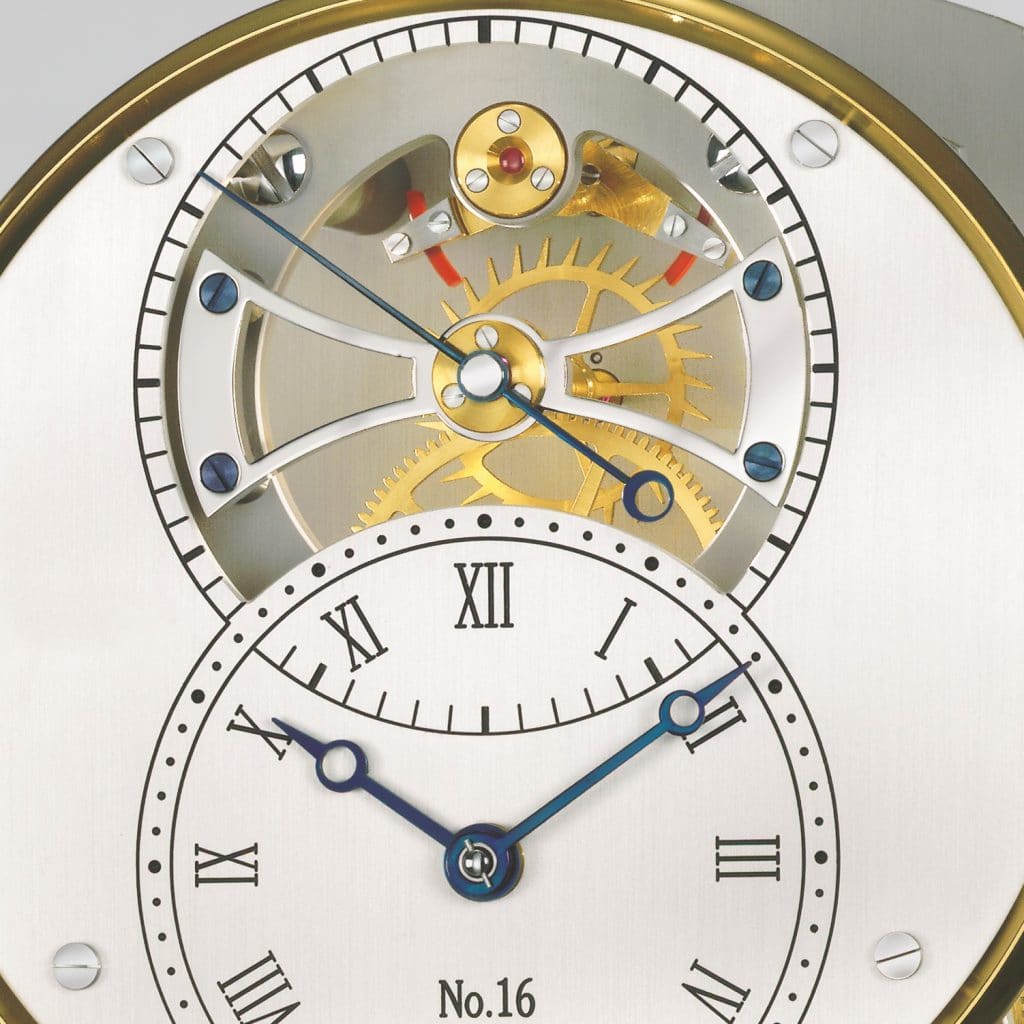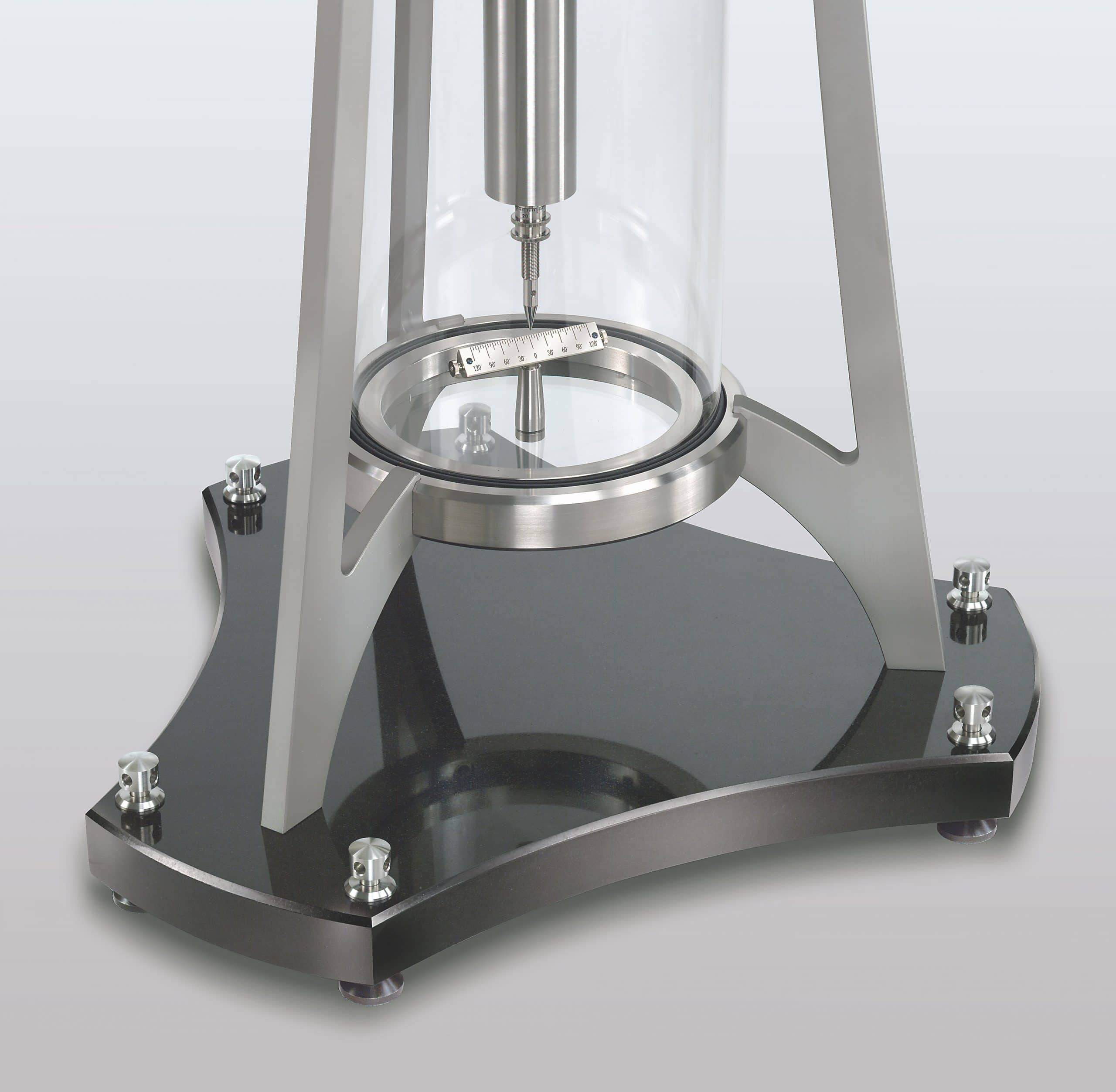- JUWELIER OBERLEITNER
- WILHELMSTRASSE 56
- 65183 WIESBADEN
- 0611 59 85 51
- INFO@JUWELIER-OBERLEITNER.DE
- DI-FR 10.00-18.30 UHR, SA 10.00-16.00 UHR, MO RUHETAG
- Watches
-
- Jewelry
-
- Manufacture
-
-
REMANUFACTURING
- Rings
- Ear Jewelry
- Necklaces
-
Inspiration
- References
-
-
- Services
- About us
- Contact
-
-
Oberleitner
- Address / Contact form
-
-
- DE
- EN
- Watches
-
- Jewelry
-
- Manufacture
-
-
REMANUFACTURING
- Rings
- Ear Jewelry
- Necklaces
-
Inspiration
- References
-
-
- Services
- About us
- Contact
-
-
Oberleitner
- Address / Contact form
-
-
- DE
- EN
